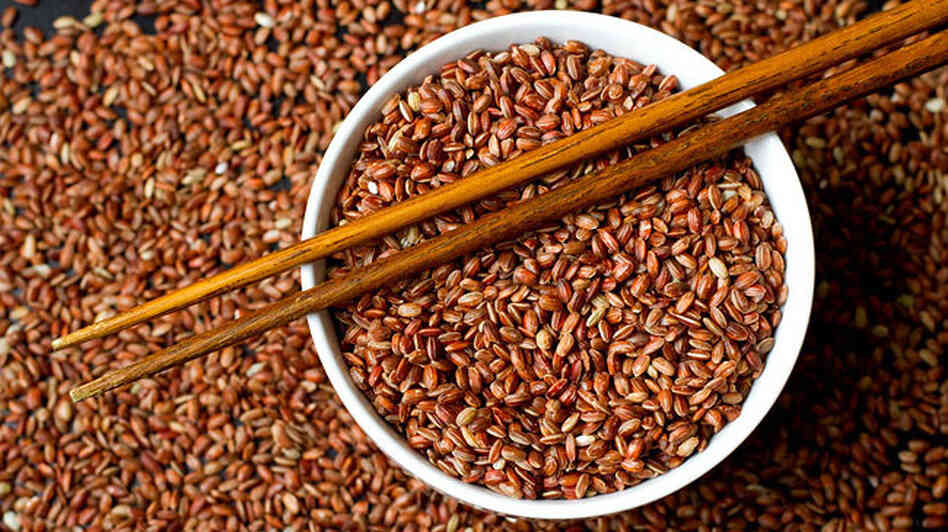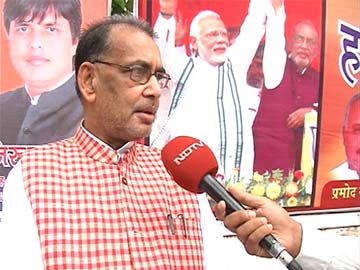 |
| Brown rice protein powder is fast becoming a popular way of adding protein to one’s diet. Here’s what you need to know. ~ | Image Source: health24.com |
Protein is one of the cornerstones of a balanced diet and can be obtained from a number of food sources such as eggs, chicken, fish, dairy, soy and beef.
But if you’re vegan or follow some kind of restricted diet, you might be struggling to meet your daily protein needs. The answer could be as simple as adding brown rice protein to your diet.
Brown rice protein is a superb plant source of amino acids (the building blocks of protein) that provides a good protein alternative for people who are lactose intolerant. It’s furthermore hypoallergenic (i.e. it tends to cause fewer allergic reactions than many other protein sources) and it’s easily digested.
Note, however, that although brown rice protein is fast becoming increasingly popular – especially among athletes and bodybuilders – the jury is still out on all its health benefits.
Of benefit to bodybuilders
When it comes to strength training in bodybuilders and athletes, brown rice protein does seem to have a lot going for it.
In a study by the University of Tampa in the USA, which observed experienced bodybuilders on different diets over the course of eight weeks, researchers focused on four key metrics: recovery and soreness, muscle growth, change in body composition and strength improvement.
They found exactly the same results across all four metrics in study participants who used plant-based rice protein as in those who used animal-based whey protein from milk.
In addition to no remarkable differences in soreness or recovery time, both groups showed greater improvement in power, muscle mass and body composition, as well as a decrease in body fat, showing that rice protein was indeed of great benefit to the bodybuilders.
Read: Brain protein new culprit behind Alzheimer's?
“Previous studies showed that animal-derived protein had a different effect on muscle growth than plant-based protein such as soy. This has changed,” lead author Prof Ralf Jäger said in a Growing Naturals interview.
Other benefits
Research also shows that brown rice protein provides an excellent alternative to whey protein for people who are lactose intolerant, live a vegan lifestyle or who just prefer plant-based protein sources.
Despite the fact that protein-rich plant foods often lack some of the essential amino acids needed for growth and muscle repair (which means they have to be paired with other protein-rich plant foods), these foods are generally healthier than protein-rich animal products.
Plant proteins contain less fat, less atherogenic fat (atherogenic = causing clogged arteries/heart disease), no cholesterol, and plenty of dietary fibre and protective nutrients such as bioflavonoids.
Lacto-ovo vegetarians and people who live in rural communities, who haven’t changed to western eating habits, generally follow an incredibly healthy diet. By eating predominantly plant foods combined with milk, dairy products and eggs, these people ensure that they’re getting sufficient total protein and sufficient “complete” protein with all the added benefits bestowed by a diet rich in fibre, vitamins and minerals.
Protein also plays an important role in terms of weight loss. Protein reduces the glycaemic index (GI) of a meal, which keeps you satisfied for longer. A low-GI diet also protects against type 2 diabetes and heart disease.
How to use brown rice protein
Shop for brown rice protein powder online or in a health shop near you, and add it to smoothies, muffins, low-fat puddings and cereals. Consult your doctor or dietician before you make any dramatic changes to your diet.
And keep an eye on your protein intake – remember that you only need about 1 to 2.2g of protein per kilogram body weight per day. Any excess protein will be broken down and either stored as fat or used later as a source of energy.
Follow this Ourmilla Sharma Twitter account for more discussions on agriculture innovation.





















